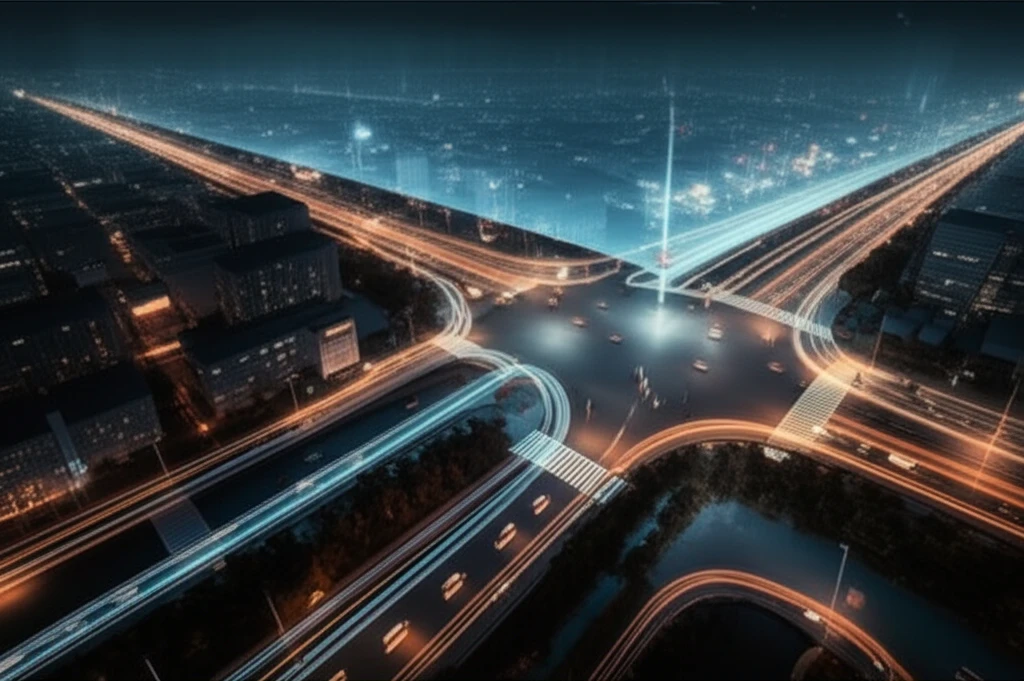
Decoding Urban Traffic: How Smart Networks Can Boost Reserve Capacity
"Explore the future of city roads with mixed network designs, optimizing traffic flow for unexpected surges and smoother commutes."
Urban traffic congestion is a headache we all know too well. From stressful commutes to wasted fuel and missed appointments, the growing demands on our transportation networks impact nearly every aspect of city life. But what if our roads could be smarter, more adaptable, and better prepared for the unexpected?
Recent research dives deep into this challenge, focusing on something called 'reserve capacity' – the ability of a road network to handle more traffic than usual without grinding to a halt. This isn't just about adding more lanes; it's about cleverly configuring existing streets, optimizing traffic signal timings, and using innovative strategies to maximize the efficiency of the entire system.
This article explores how a 'mixed network design' approach, combining different street types, optimized signal timings, and smart lane management, can unlock hidden potential in our urban road networks, leading to smoother traffic flow and increased resilience.
Unlocking Reserve Capacity: The Key to Smarter Traffic Flow

The core idea is to maximize the 'reserve capacity' of urban road networks. This means designing the network to handle a surge in traffic – more cars than usual. Think of it as building some wiggle room into the system, so everyday commutes aren't as affected by unexpected events or peak-hour rushes.
- Street Configuration: Deciding which streets should be one-way versus two-way.
- Lane Management: Optimizing how lanes are allocated on each street, especially on two-way streets where traffic flow can be uneven.
- Signal Timing: Setting the optimal timing for traffic lights at intersections to keep traffic moving smoothly.
- Capacity Expansion: Strategically adding lanes to existing streets where it will have the greatest impact.
The Road Ahead: Smarter, More Resilient Urban Traffic Networks
This research highlights the potential of mixed network designs to create more resilient and efficient urban transportation systems. By intelligently combining different strategies, cities can unlock hidden capacity in their existing infrastructure, improving traffic flow and reducing congestion.
While the mathematical models used in the study are complex, the underlying principles are surprisingly intuitive. It's about finding the right balance between different approaches and using data-driven insights to make informed decisions.
As cities continue to grow and face increasing pressure on their transportation networks, innovations like these will be essential for creating sustainable and livable urban environments. Future research could explore integrating tolling strategies and incorporate real-time traffic data for even more dynamic and responsive traffic management.
